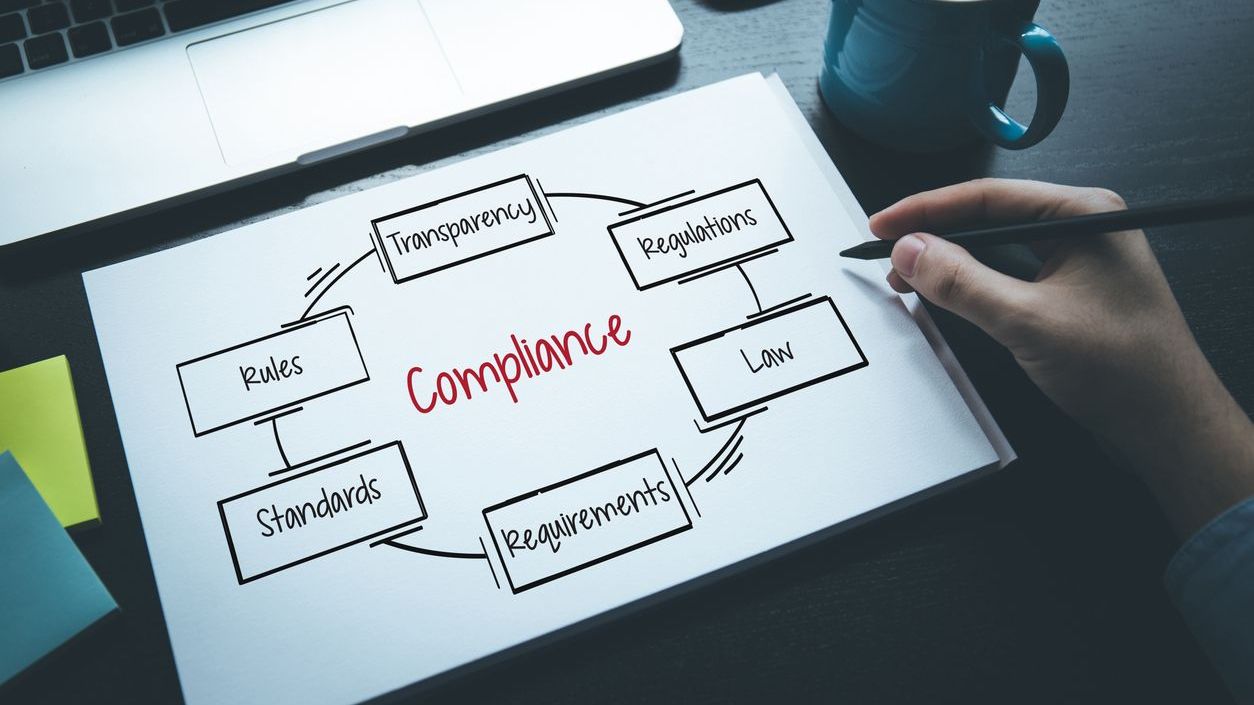After more than two years of economic crises triggered by the pandemic, the world is now experiencing surging inflation. With financial fears rampant, economists are anticipating a strong recession to hit by mid-2023. That means you need to prepare now to safeguard your business.
Your MSP’s operating costs have likely increased dramatically, from the hardware and software you supply to clients and use to run your business, to the wages you pay your employees. You’re probably already passing along higher hardware costs to clients. Now’s the time to also increase your service prices to keep up with inflation and maintain your margins.
Don’t think you can wait out this period of inflation. Putting off price increases in your service-based business makes it likely that you’ll damage profitability in both the short and long term.
When Should You Raise Prices?
You’ll want to raise prices as soon as possible. Keep in mind that you won’t be able to raise prices for clients under contract until their guaranteed term ends. For those clients, the best thing to do is plan any increases now so you’re prepared to roll them out when the time comes. On the other hand, hourly and month-to-month clients allow you to be more agile, but you need to account for providing plenty of notice before raising rates to prevent surprises or unhappy clients.
How Much Should You Raise Prices?
Determine your current gross service margin by running the numbers on your business. To calculate gross margin, subtract your service expenses from your gross services revenue to get your gross profit. Then divide your gross profit by your gross revenue.
Gross service margins for MSPs typically range between 40% and 60%, but top MSPs can get up to 70% or higher, according to TruMethods’ Gary Pica. If your margin is under 50%, your first step is to determine if you’re able to achieve that threshold with reasonable increases.
For those already over 60%, compare your current margin to last year and/or the year before. If your margin has been declining it’s important to take action immediately to prevent additional revenue loss. Figure out what increases you can make that will bring you back to the desired range.
One rule of thumb is price increases should not exceed 20%, otherwise you run the risk of losing so many customers that revenue will decrease.
Should You Raise Prices at the Same Rate for All Customers?
Not all customers are created equal so this gives you the freedom to raise prices depending on factors that matter to your business. There are some customers who are easier and more efficient to serve than others. There’s no rule that says you have to be consistent with price increases for every client. Here are three actionable tips you can implement right now:
- Account for costly clients: If you haven’t added a multiplier to your contract for clients you suspected would require more resources, or if you underestimated the resources they’d require, it’s never too late to even things out. Consider charging clients with lower efficiency scores a little more.
- Adapt low-margin services: Audit the services you provide and look for the ones with the lowest margins. Once you’ve identified those, raise those rates first.
- Ramp up popular services: Your most popular services are the most popular for a reason. Take advantage of this and increase those prices to ensure a guaranteed positive impact on your bottom line.
What If You Lose Clients?
According to studies that specialize in consumer psychology, in times of inflation customers feel that raising prices to maintain profit is fair, but raising prices to increase profit is unfair. The majority of clients will remain loyal as long as the increases aren’t extreme and you clearly communicate that the new price is essential to keeping up with business costs.
Don’t worry if you end up losing a few clients. Those who won’t pay more don’t believe in the value of your service and there’s a good chance they were already your least profitable clients. The higher margins on the clients who stay will provide a buffer as you ramp up new business efforts.
How Should You Communicate Price Increases?
Communicating the news is the most important factor in securing price increases without losing accounts. Emphasize the fact that your price increases are essential to continuing service. Even though customers don’t like to pay more, they’ll understand why it’s vital if you clearly communicate.
Start with plenty of notice, no less than 60 to 90 days, with a price increase letter followed by a phone call or, if relevant, an in-person meeting. Make sure to remind your client of the value your MSP provides to their business.
Work with all members of your team to ensure they understand the messaging around the increase. You want to make sure your clients hear a consistent and positive story no matter who they talk to.
It’s Up to You
Raising prices can feel daunting, but in inflationary times the alternative is dwindling margins. Eventually, you’ll get to a point where the business is no longer sustainable and customer service suffers—and that serves no one. Get started today with a strategic plan to make changes and have honest conversations with customers.
IAN ALEXANDER is co-founder and channel chief at Syncro. As a former MSP tech and break-fix owner, he is always trying to find ways to help MSPs.














